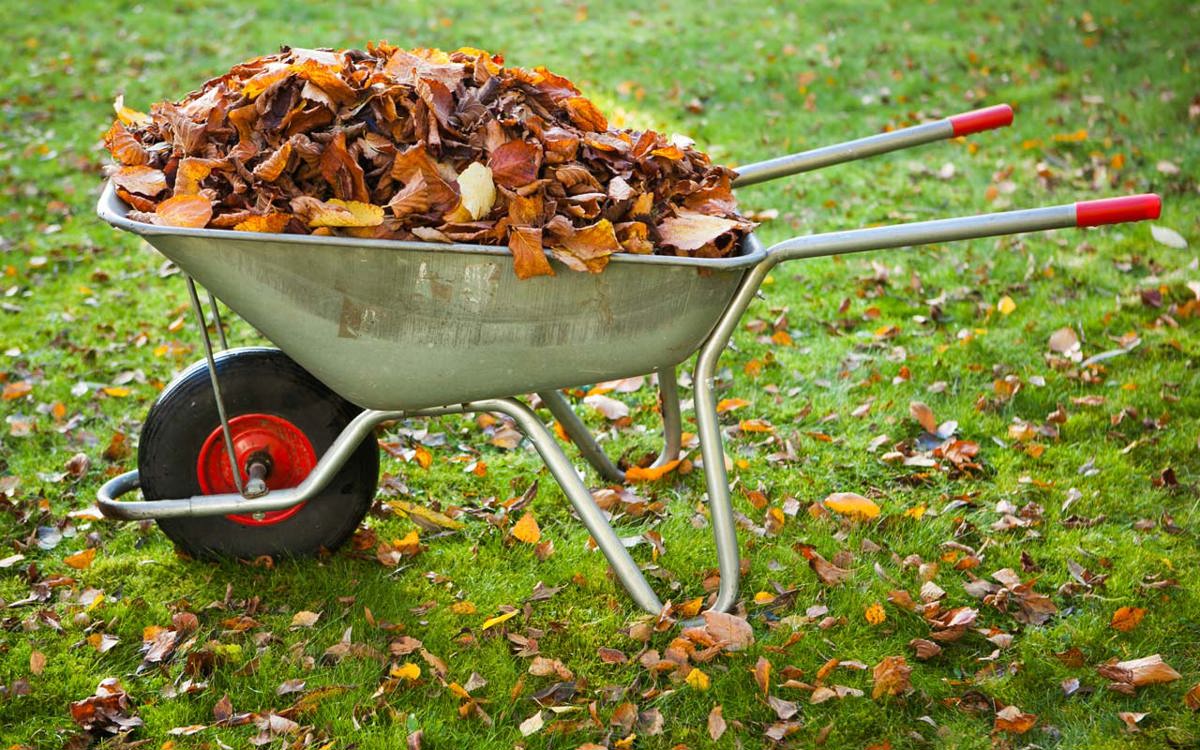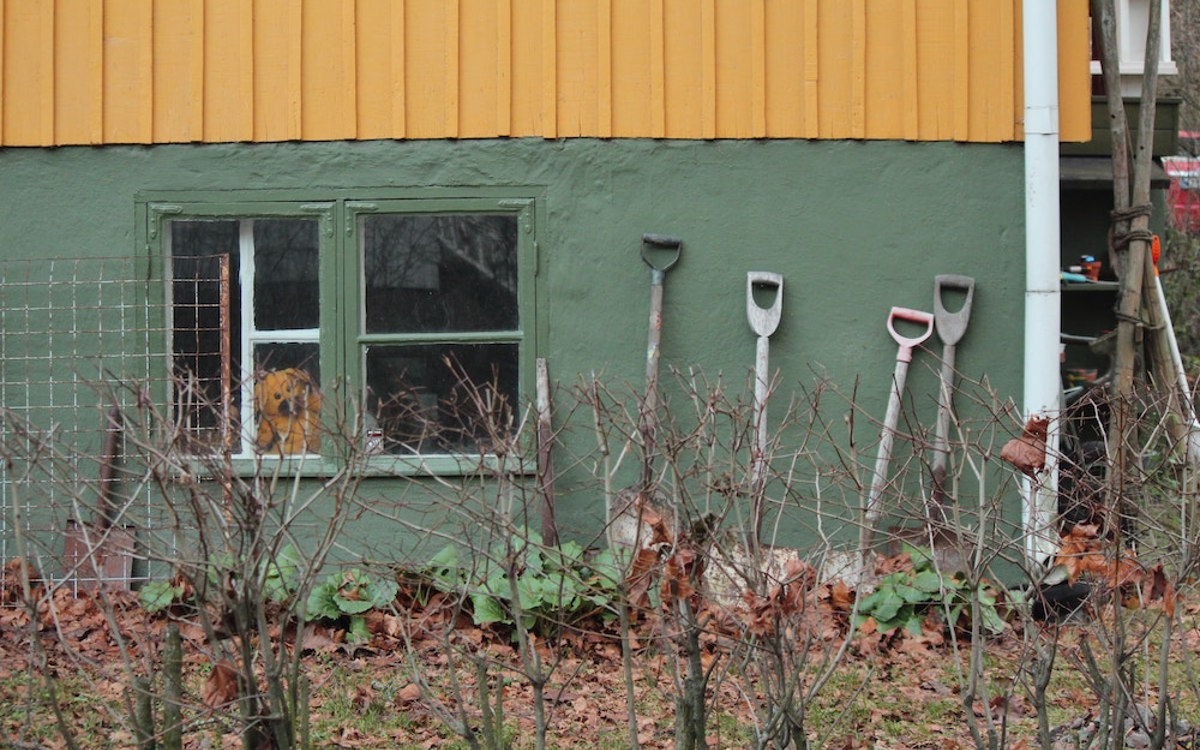
Did you know autumn is actually a great season to garden?
Admittedly it may not be your first choice of activity on a cold and wet weekend, but no doubt there will be a warming sense of achievement when done.
Research conducted as part of the gardening charity's 'Grow at Home This Autumn' campaign, found that autumn is especially good for planting evergreens, as well as bulbs such as tulips, daffodils, lilies, hyacinths and snowdrops. Without the difficult fluctuations of spring weather, and the need to be watered regularly, these plants can grow new roots much better.
The RHS says that autumn is great for planting trees in clay soils, which can be 'gooey' in the winter and dry to 'concrete' in spring. While spring is indeed an important season to plant new bulbs, the RHS wants households to understand the environmental and financial benefits of gardening during September and October.
RHS Director General, Sue Biggs explains home gardening is especially important for the environment and people's health, happiness and wellbeing. With the recent growth in gardening during the coronavirus pandemic, many don't know that autumn is arguably the most important gardening season, which is something we're committed to changing by promoting and sharing the benefits of gardening now.
Water is a critical issue and planting evergreens, trees and many perennials over autumn usually mean that with cooler temperatures and higher levels of rain we can water a lot less. We are seeing more dry and hot spring and summer months when people can use a lot of water to keep newly planted plants alive, planting in autumn when possible can only help with our towns and cities water efficiency.
Something else to consider for autumn, not the most exciting of tasks admittedly, but creating leafmould has great benefits for your garden. Recent research found that 54 per cent of UK adults who garden or grow plants outside dispose of garden waste in their green bin, while 30 per cent choose to compost it. But only eight per cent use them to make leafmould, Guy Barter, Chief Horticulturist at the RHS says: "Leaves often vex gardeners so no wonder two out of five consign them to the green waste bin, but leaves make the finest soil improver as leaf mould. Making leafmould helps the environment by eliminating the cost and carbon emissions associated with green waste collection". If you aren't able to make leafmould, raking leaves into heaps under shrubs and trees can be very beneficial.

Autumn is also the time to examine your lawn for signs of wear and tear and treat if necessary. At this time of year, any treatment has time to take effect before temperatures fall and growth stops. We've researched some top tips for autumn lawn care.
Aerating
Aerating (or spiking) lawns allows better movement of air and importantly water in the root zone. A well-aerated lawn will manage better in periods of drought or waterlogging. For an average lawn, aeration every two to three years should be all that's needed. Concentrate on areas that receive the most wear and those that are compacted. Small areas can be spiked with a garden fork, spacing holes 10-15cm (4-6in) apart and deep. On clay or waterlogged soils use a hollow-tine aerator every three to four years. This extracts plugs of soil from the lawn. After hollow-tining, sweep up the plugs and then rake a top-dressing into the holes to improve air and moisture penetration.
Top-dressing
Top-dressing is simply applying loam, sand and well-rotted organic matter to a lawn in order to correct surface irregularities and improve the texture of difficult soils. This encourages greater rooting and thickening of the turf.
Flatten
And lastly, it's a good time to correct bumps and troughs, use an edging iron or spade to slice through the turf and roll it back. Fork over the underlying ground and add or remove soil as needed. Replace the turf, pressing the edges together, and water thoroughly.
Find more of our interior design blogs for inspiration.
Share